5 Famous Artists Who Were Migrants and Other Stories
As long as there have been artists, there have been migrant artists. Like anyone else, they’ve left their homeland and traveled abroad for many...
Catriona Miller 18 December 2024
Born on November 14, 1840, Claude Monet stands as one of the principal trailblazers in the realm of French Impressionist art. His dedication to the movement’s principles resulted in an enduring legacy as one of its most unwavering and productive practitioners. While you might feel well-acquainted with Monet’s life and work due to his immense fame and iconic paintings, there are intriguing details in the following list that might just astonish you.
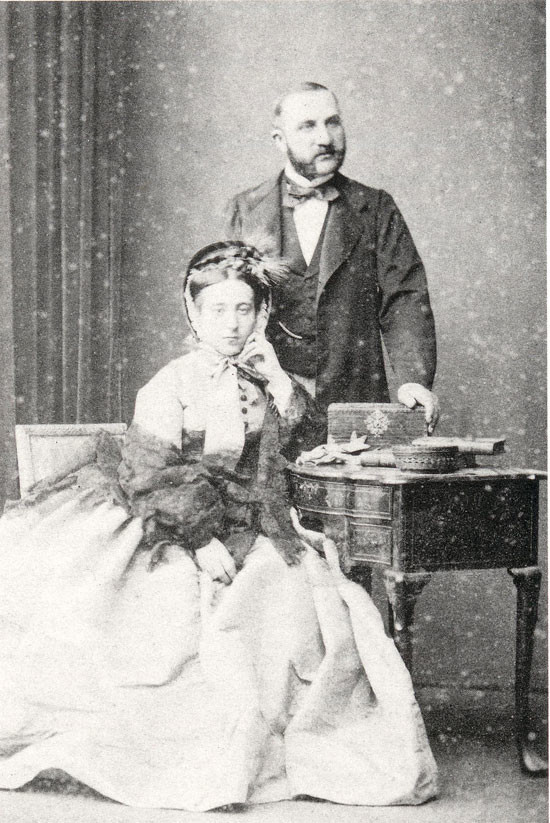
He was baptized as Oscar-Claude. However, his parents had always called him Oscar. This is probably to avoid confusion in the household, as his father was also named Claude. To be completely honest, Oscar Monet doesn’t sound as good as Claude Monet, does it?
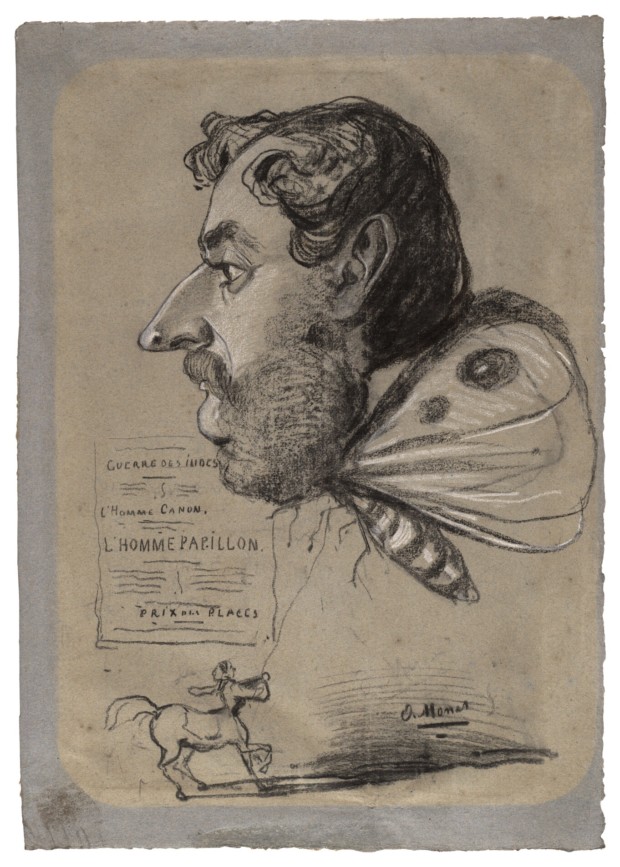
Monet started drawing by the age of 5. While attending Le Havre Secondary School of the Arts, the locals knew him well for his charcoal caricatures of teachers. Monet filled entire school books with drawings instead of the assignments that were due. Then he began to draw the town’s residents.
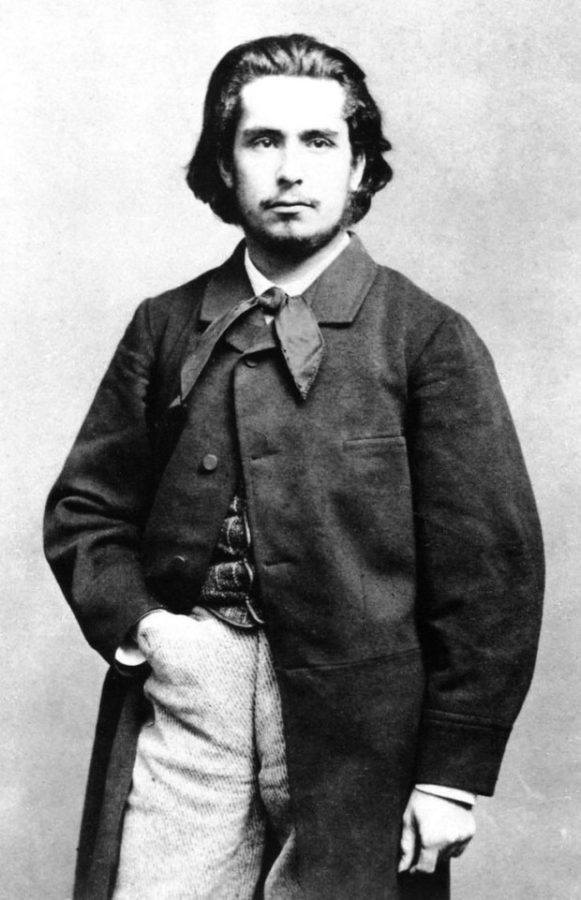
Monet’s father wanted him to join the family grocery business. Luckily, it never happened. Also luckily, Monet’s mother supported every artistic endeavor Claude attempted.
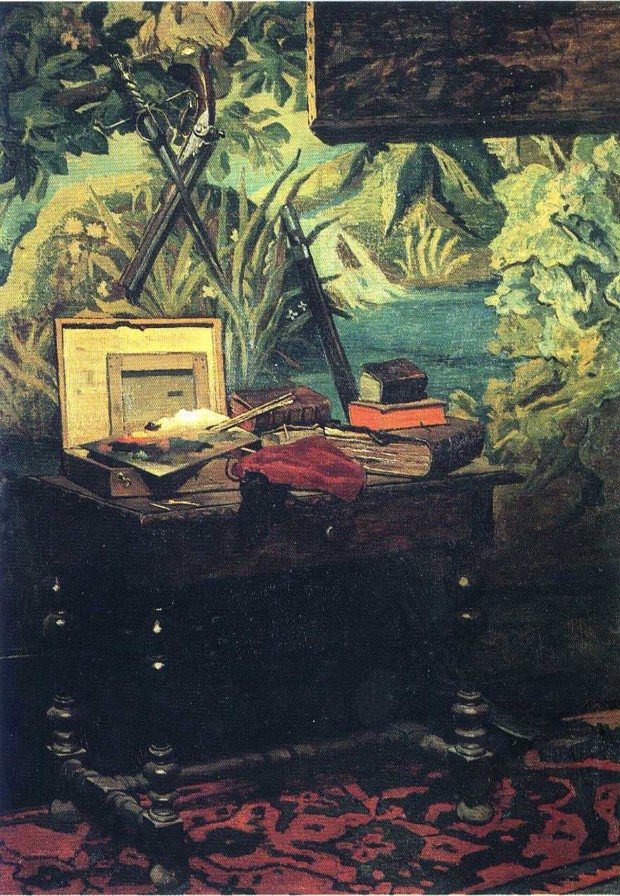
In June 1861, Monet joined the First Regiment of African Light Cavalry in Algeria for a seven-year commitment. However, two years later, he had contracted typhoid fever. The army agreed to release him from his service commitment, but only if he agreed to complete an art course at an art school. Rejecting the rigidity of conventional training, he enrolled in the Academie Suisse, a studio without a set curriculum where students could set their own schedules and paint from life models as well as exchange ideas.
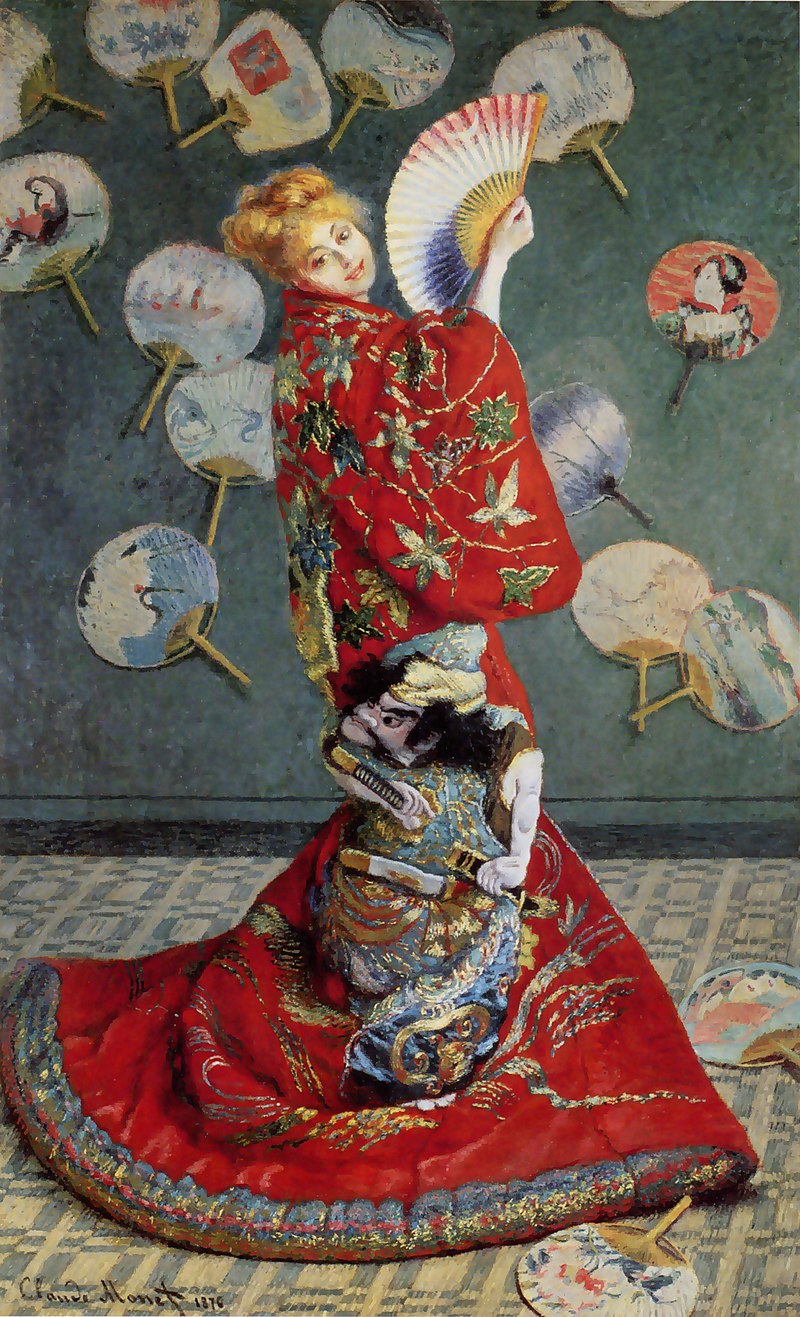
Monet married his first wife, Camille, in 1870. Even though Monet was successful with his art, they lived in poverty for a long time. Some of Monet’s paintings were seized by creditors. Monet even tried to kill himself by drowning in the Seine because his financial burdens were upsetting him so badly.
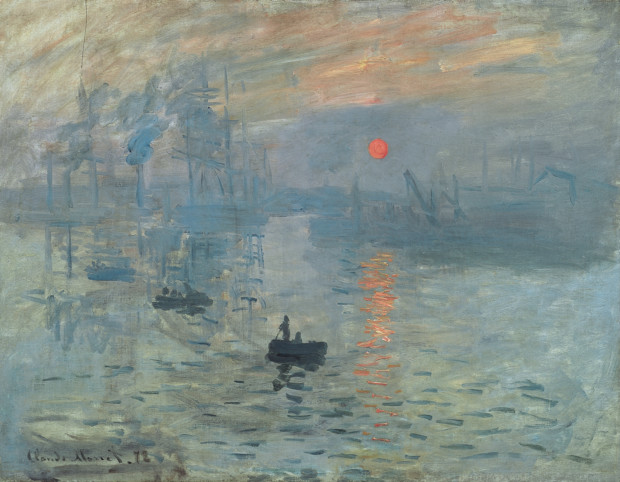
Monet painted the famous Impression, Sunrise (Impression, soleil levant) in 1872. It depicted a Le Havre port landscape. In 1874 it hung in the first Impressionist exhibition. Thanks to this painting the whole movement is now called “Impressionism”—the art critic who came up with this adjective meant his assessment to be negative, but the Impressionists at the time approved of the description and it stuck.
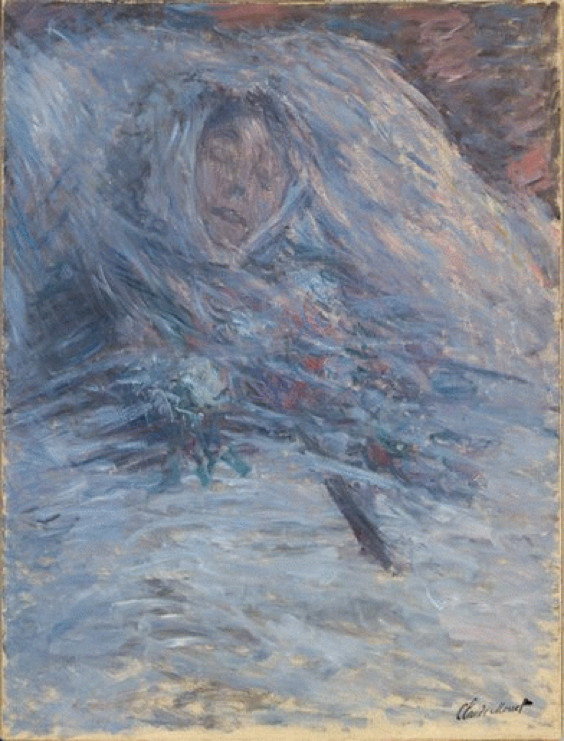
At the young age of 32, Monet’s wife, Camille, died of uterine cancer. Even while on her deathbed, Monet took the opportunity to paint her. In my opinion, it is one of the most intense paintings ever created.
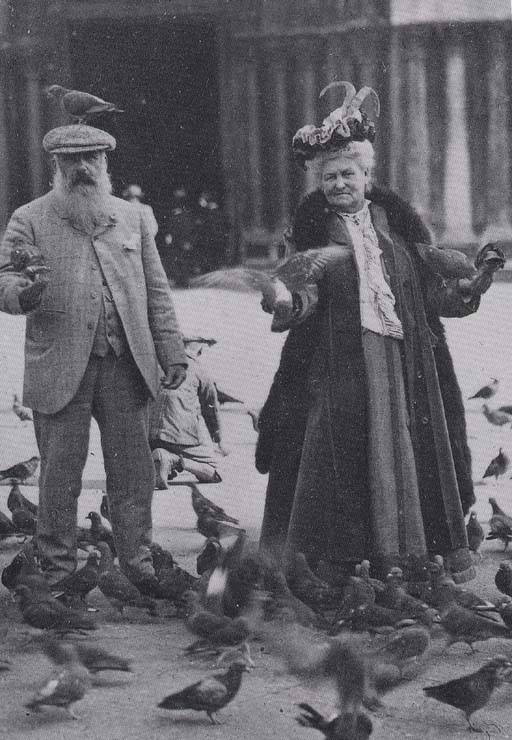
Alice Hoschedé was the second most important woman in Monet’s life. Alice was the wife of department store magnate and art collector Ernest Hoschedé. But when he went bankrupt in 1877, Ernest, Alice, and their children moved into a house in Vétheuil with Monet, Camille, and the Monets’ two sons, Jean and Michel. When Camille died in 1879, Alice soon left Ernest and married Monet in 1892, a year after Ernest died.
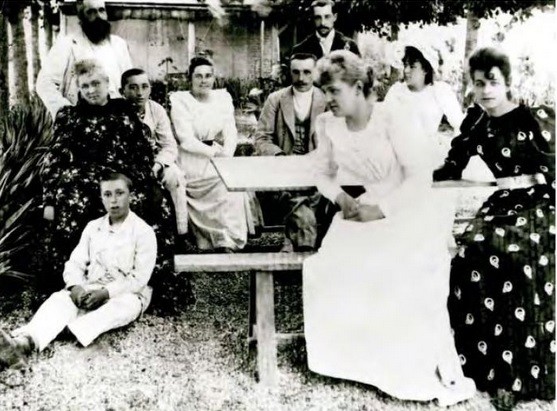
Claude Monet had 2 sons: Michel and Jean. Alice’s oldest daughter, Suzanne, eventually married Jean Monet, Claude’s son.

At the end of his life, Monet suffered from cataracts. You can easily spot the paintings he created in that period as they have a reddish tone due to his change in color perception and are quite blurry. Monet may have used strong colors in these paintings also because he was using them from memory or because he was over-compensating for his yellow vision.
DailyArt Magazine needs your support. Every contribution, however big or small, is very valuable for our future. Thanks to it, we will be able to sustain and grow the Magazine. Thank you for your help!